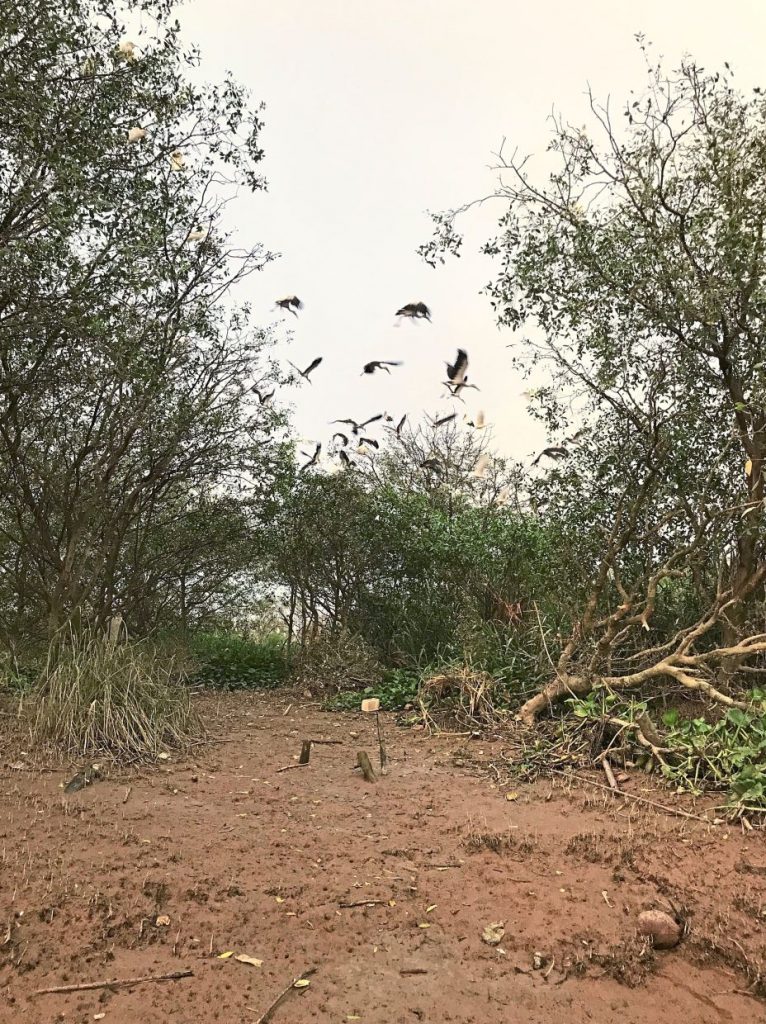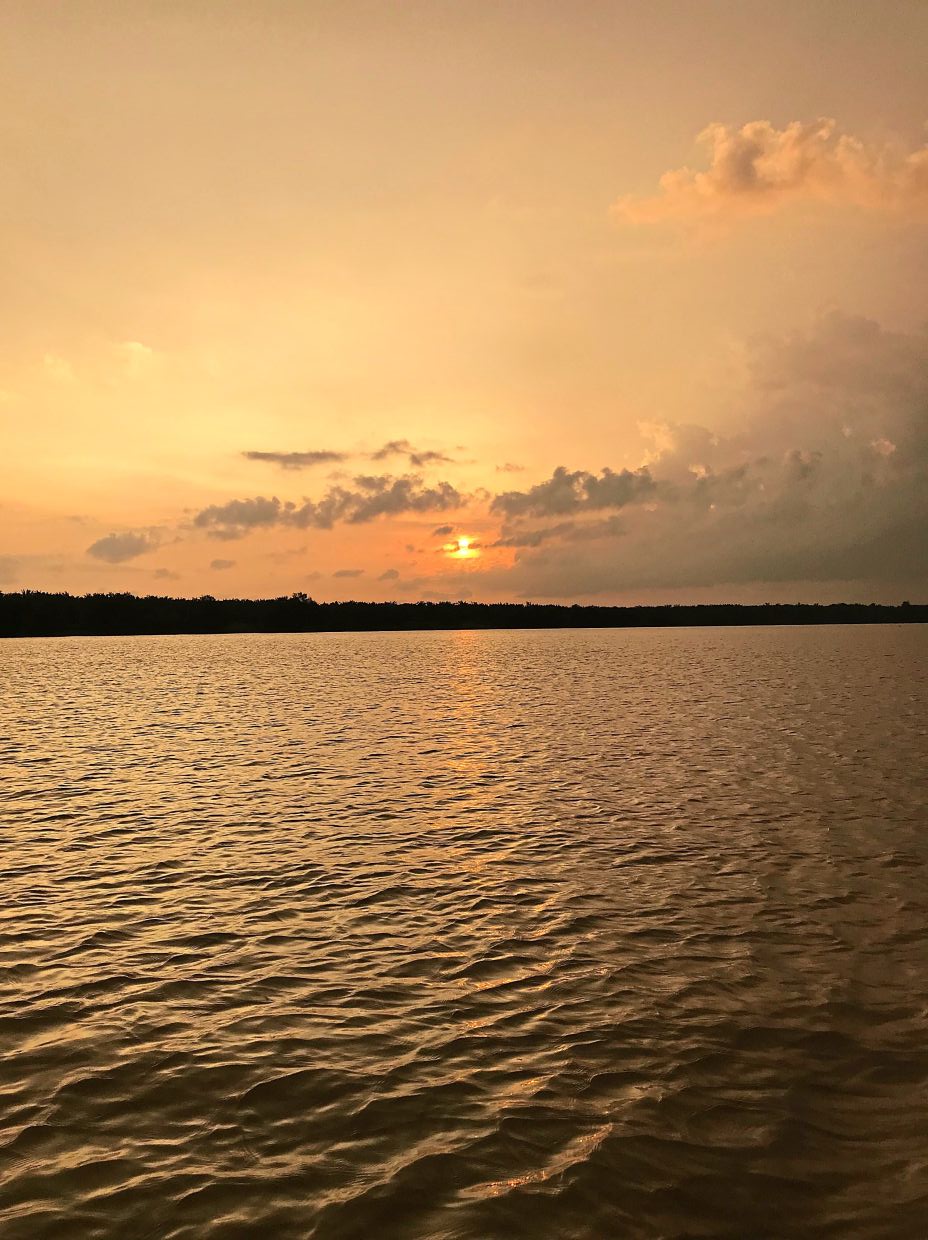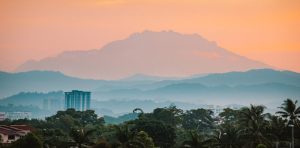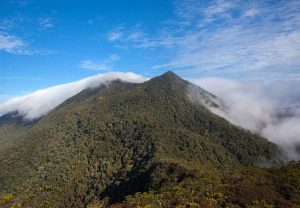Sunset on the Perak River. — Photos: BEN LOPEZ
By BEN LOPEZ
Source: The Star
Teluk Intan is Perak’s third largest town. From its name (translated as “Diamond Bay” in English), one may think that it is, in fact, a bay. But actually, the town was founded around a meander of the Perak River and only looks like it’s near a bay.
People familiar with Teluk Intan – previously called Teluk Anson – will also know the Menara Condong, an old leaning clock tower.
I worked at this place from 1981 to 1986, when it was still just a small town. Back then, the people were friendlier, knew each other well and looked out for one another. Perhaps, that is why I feel nostalgic whenever I talk about Teluk Intan.
Personal musings aside, today the place has progressed by leaps and bounds, and is gaining prominence as an ecotourism spot.
In August last year, my friends and I went to Pulau Bangau in Teluk Intan, a 6ha islet that is home to more than 30,000 birds of various species. Of course, the largest group of birds here are storks or “bangau”; currently, it’s inhabited by more than 10 species of storks including the bangau besar, bangau batu, bangau bakau, bangau Cina, bangau kendi, bangau kerbau, bangau paya.
There are also little egret, cattle egret and meageret egrets, and eagles, too.
We took a boat trip down Sungai Perak for about an hour in the evening, just before sunset. The green vista, with various species of migratory birds hovering, kept us spellbound.
Some of these birds make a stop here after their airborne journey from as far as India and Thailand, and breed on the island. Pulau Bangau is an ideal habitat for breeding for two reasons: it is far enough away from humans, and there are plenty of food to be found here.
Each day, these birds start looking for food at about 5.30am in nearby areas that include Teluk Intan and Seberang Perak, before returning to their nest at around 6.30pm. Tourists can avail themselves to about 20 locations along Sungai Perak to watch these birds.
The sight of birds flying from one dwelling to another, resting on tree-tops against the backdrop of a picturesque sunset, are the reasons why tourists, locals and nature lovers keep visiting.
Besides observing these birds there are other attractions here too, like the furnace of a sunken steamship, shipyards, in-cage fish breeding farms and a Buddha statue. Each of these attractions have their own unique story and history to tell.
After a tour of the sights where migratory birds make their daily presence, we returned to the jetty for a short break. Then, we were off again in our boat for a short trip on the Sungai Perak in pitch darkness, to see the fireflies.

Firefly sightings happen all-year-round in Teluk Intan, provided the weather is good. The best time, however, is when the moon is at its smallest or faintest, and when it isn’t windy. This is when you can see fireflies in their full glory.
Upon reaching the edge of the river, we saw some fireflies on the tree tops. These fireflies, also known as glow worms or lightning bugs, are bioluminescent insects, aptly called kelip-kelip in Bahasa Malaysia which means to flicker. We had a closer look at them from just a few feet away shortly after.
Our boat driver managed to collect a few fireflies in bottles for us to see them better. Due credit must be given to the driver who knew exactly where to find them in the dark, as fireflies are often found in areas enveloped in complete darkness.
What an enlightening and fulfilling holiday it was for my friends and I. Being in harmony with nature is a priceless gift bestowed to mankind. Schools should organise excursion trips to places like Pulau Bangau to educate our younger generation on Malaysia’s flora and fauna.
Overshadowed for a long time by many other well-known places in the country, Teluk Intan is slowly carving a niche as an ecotourism destination in Malaysia.
The views expressed are entirely the reader’s own.





